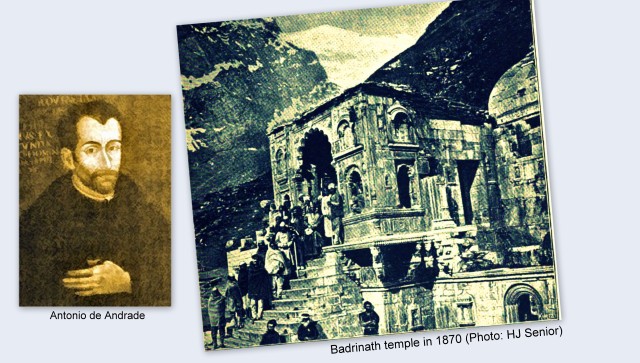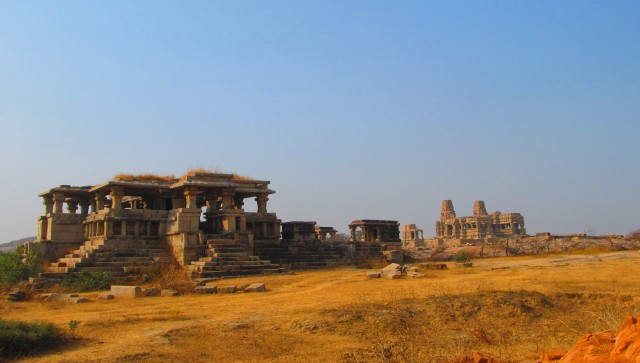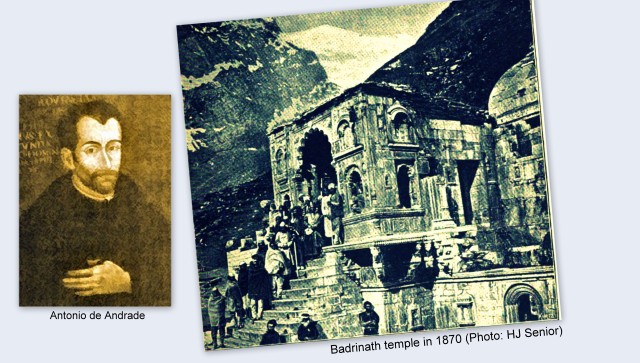Hidden in a remote lane in the heart of the old city in Meerut, a small district in Uttar Pradesh, lies a monument of red sandstone, shrouded in anonymity.
Though ASI protected, the incomplete structure stands in complete oblivion. Unexplored and unknown, it is not even on most tourists’ itinerary.
Testimony to a tale of undying love, faith and trust, it is a symbol of devotion, dedicated by the Emperor Jehangir to Shahpir Rehmatullah Auliya, a Sufi saint. Built round the year 1633, the Shahpir Makbara is a symbol of peace and unity in a city that has so often been ravaged by communal tension time and again.
Hindus as well as Muslims congregate here, especially on Thursdays and it is believed that the saint fulfils the wishes of devotees that throng the dargah in large numbers.
The story goes that troubled by the incessant drinking habit of her husband the emperor, Queen Noorjehan approached Shahpir, who lived in Meerut, to help her husband out of his addiction. With faith by her side and a holy stone given to her by the saint, bearing the inscription “piya ki khidmat kar, piya tera ho”, she returned to find Jehangir refusing alcohol for the very first time.
And so Jehangir, in awe of the saint’s healing powers, ordered a makbara to be built in the city for Shahpir. But the follower had a falling out with the saint for some reason and the latter ordered all construction to be stalled. The Shahpir Ka Makbara, today, stands in all its splendour — never completed.
The massive red pillars brought during the time lie scattered around the unfinished structure. The insides of the structure remain cool — the open dome, the filigree work on jaalis, the intricately designed parapets, the surahi motifs on stone, the inlay work in marble — all reminiscent of a glorious past.
There are graves of Pir Baba’s relatives in a sort of a baradari before you enter the mausoleum. The intricate carvings of Noorjehan’s crown can be seen on the pillars supporting the baradari. The open dome is constructed in a way that not even a single drop of rain falls onto the saints’ mazaar.
The silence enveloping the dome and arches — so typical of Mughal architecture — is marred today only by the flutter of pigeons.


)




)
)
)
)
)
)
)
)